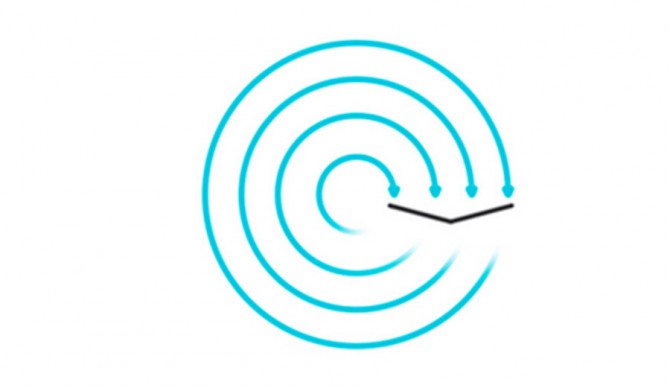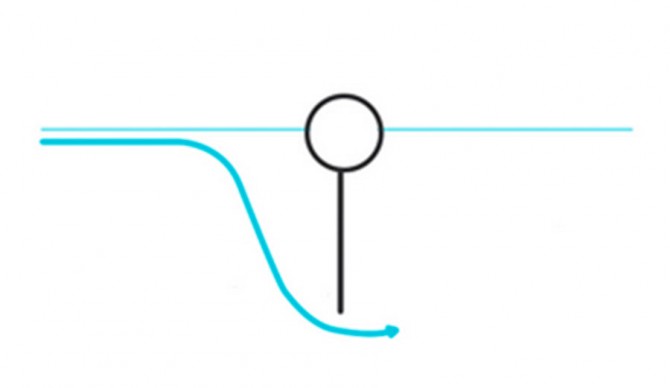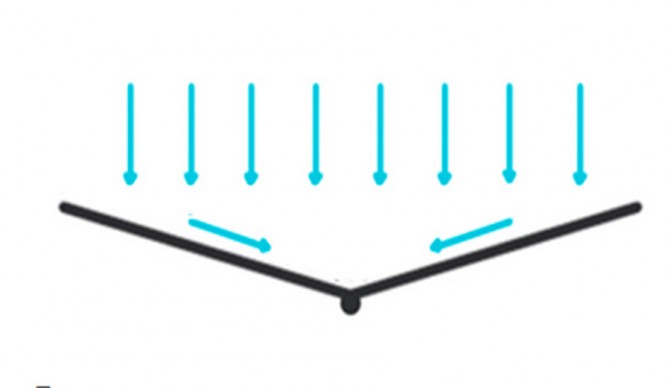
It had always been assumed that cleaning the oceans was impossible, due to the vastness of the areas in which plastic is concentrated.
People have been in awe of the teenager who devised a plan to efficiently and effectively clean much of the world’s plastic waste floating around in our oceans for a while now. But many of us have figured out how that’s going to be accomplished, therefore not fully appreciating the genius of its simplicity. Rather than deploying tankers that would just emit huge amounts of CO2, or casting massive nets that would tragically catch wildlife as much as it would floating plastic, the Ocean Cleanup’s plan is going to save us 33 times as much money and clean our oceans 7,900 times faster, all without moving an inch. Here’s how it works:
1st, why move through the oceans, if the oceans can move through you? The Ocean Cleanup uses long floating barriers and the natural movement of currents to concentrate the plastic itself.
2nd, all neutrally buoyant sea life or by-catch flows underneath these booms, while the lighter than water plastic will collect in front of the floating barrier.
And 3rd, the array of floating barriers are designed for large-magnitude deployment, allowing a 1.2 mile barrier to cover millions of square miles without ever moving an inch.
We’ve heard the figures before: Ocean Cleanup estimates to collect and remove 42% of the great pacific garbage patch within 10 years. It’s estimated that 8 million tons of plastic end up in our oceans annually, leaving the number of pieces of plastic trash and waste in the trillions at any given time, according to theoceancleanup.com. Further adding to the efficiency and practicality of the Ocean Cleanup, once the first barrier deployed between Japan and South Korea for two years, all the plastic that is collected will be used as an alternative energy source.




